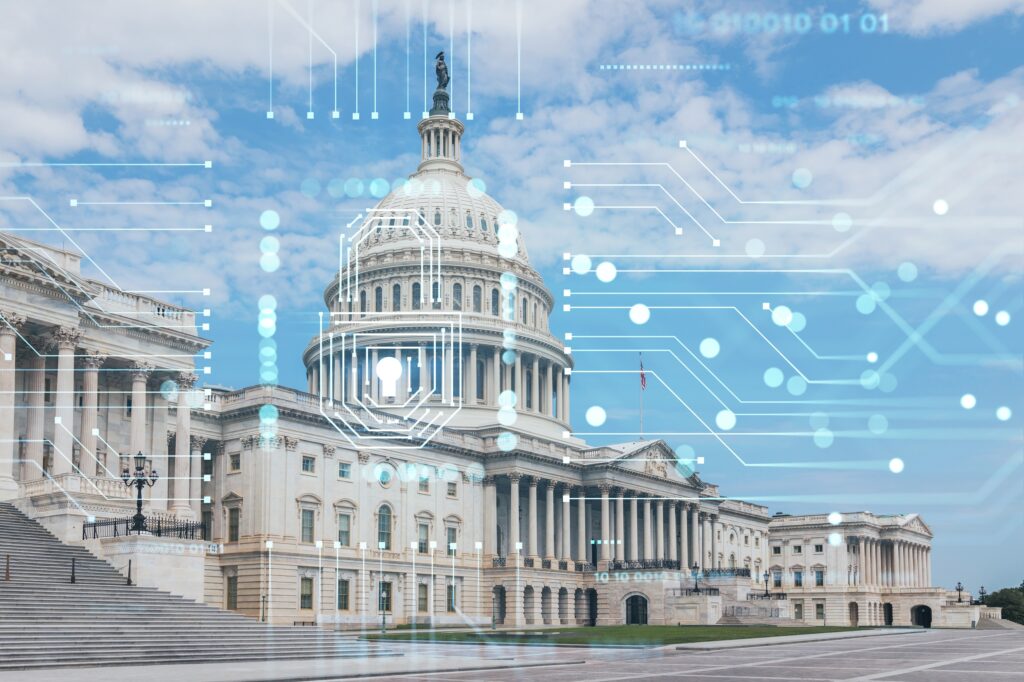Lessons from the godfather of regulatory budgeting
Most of the attention around President Donald Trump’s recent deregulation executive order focused on its “one in, two out” requirement mandating that agencies repeal two regulations for every new one they enact. Shorter shrift was given to the order’s establishment of a regulatory budget, setting a limit on the regulatory costs agencies can impose on individuals and businesses each year.
The regulatory budget idea, which long has been advocated by policy wonks and has been implemented in countries such as Canada, ultimately may end up the most significant feature of Trump’s order. Given its importance, I sat down with the man many consider the godfather of regulatory budgeting, Jim Tozzi, to gauge his thoughts on the likelihood that the new administration will be able to implement such a program.
“I’m very pleased that they put it in, but I’m worried about the follow-through on making it work staff-wise and information-wise. I’m really concerned about that,” Tozzi said.
A former New Orleans jazz musician, Tozzi served in five consecutive presidential administrations, from Lyndon Johnson through Ronald Reagan, eventually rising to be deputy administrator of the Office of Information and Regulatory Affairs within Office of Management and Budget.
Known as a regulatory guru—and, at least at one time, as one of the most influential men in the nation’s capital—he was instrumental in establishing OIRA’s role in reviewing all agency regulations. During his time in the Jimmy Carter administration, he established what likely was the first regulatory-budget prototype.
While enthusiasm for regulatory budgeting waned for several decades, its recent resurgence makes Tozzi’s expertise more relevant than ever. Although he predicted as recently as last year that a regulatory budget could be on the horizon, he remains deeply skeptical about whether OMB has the resources to carry it out. As he points out, when Reagan issued Executive Order 12,291 to establish OIRA’s centralized regulatory-review powers, “we had a system in place.”
“President Carter had set up this office [OIRA] of almost 90 people and we had been reviewing regulations. When Reagan issued the executive order, we had an infrastructure, which is very important,” Tozzi said.
By contrast, Trump’s order to establish a regulatory budget could be a “recipe for disaster.” He noted that “we don’t have the staff and [OIRA] does not have the background on implementing a regulatory budget.” OIRA’s staff levels have fallen by nearly half in recent decades and Tozzi cited both anti-spending political pressures and Trump’s hiring freeze as reasons its resources are unlikely to be expanded anytime soon.
Tozzi’s other concern is one of messaging, as he feared that all the attention on the “one in, two out” part of the order could have the effect of “crowding out” the regulatory budget provisions.
“I think [one in, two out] is going to dominate the conversation. Many people think one in, two out is synonymous with a regulatory budget, and that’s a PR problem,” Tozzi said.
Even more than a public relations problem, the provision potentially could create additional resource problems, as well. As Tozzi notes, implementing the “one in, two out” program is itself “a huge analytical job” that could “dictate the process for the next number of months.” As a result, he regrets that the regulatory budget was lumped together in the same executive order, although he acknowledges that “beggars can’t be choosers.”
In Tozzi’s view, a regulatory budget should be the priority, since it acts as “the most direct way to control the size of the regulatory state by putting dollars on it.”
“The budget forces a public debate on the size of the regulatory state. We don’t have that now, it’s all piecemeal,” he added.
Ultimately, Tozzi acknowledged that executive orders alone aren’t sufficient. Legislation codifying a regulatory-budgeting system will be important from both a political and a policy standpoint, as congressional involvement and buy-in will be critical for long-term sustainability. Codifying the process will lock it in and prevent future presidents from undoing it with the stroke of a pen. But Congress’ buy-in is also important from a separation of powers and policy perspective, given that some entity must be tasked with setting the total costs that agencies can impose on society.
“If this really starts going, people are going to say, ‘even if we agree with the costs and all that, who sets the totals?,’” Tozzi predicted. Ultimately, the task must fall to Congress, which is the most democratically accountable branch of government and the one that oversees the fiscal budget.
Although Sen. Mike Lee, R-Utah, has introduced a Regulatory Budget Act, most observers think it lacks support to be enacted in the current Congress. However, Tozzi thinks action by the Trump administration could prod Congress into action, as “people of both parties would say, ‘Hmm, that’s too much damn power for [the executive branch].’”
“I remember one day when I was playing in a band in New Orleans, our band leader said we were going to kick off a song in a certain key, and the trumpet player said ‘it sucks in that key,’” Tozzi recalled. “Our band leader said ‘all right, we’re going to start in your key, but if no one dances, you don’t get paid.’”
To Tozzi, that lesson also applies to the regulatory world: “You’ve got to get something out there that gets people on the floor. We don’t have people dancing to the regulatory budget yet.”
Whether people start dancing to the tune of deregulation remains to be seen, but wonks and government officials alike would do well to listen to Jim Tozzi. For the first time in a long time, a regulatory budget is a possibility. But before rejoicing, it’s important to realize that many roadblocks and pitfalls remain.








